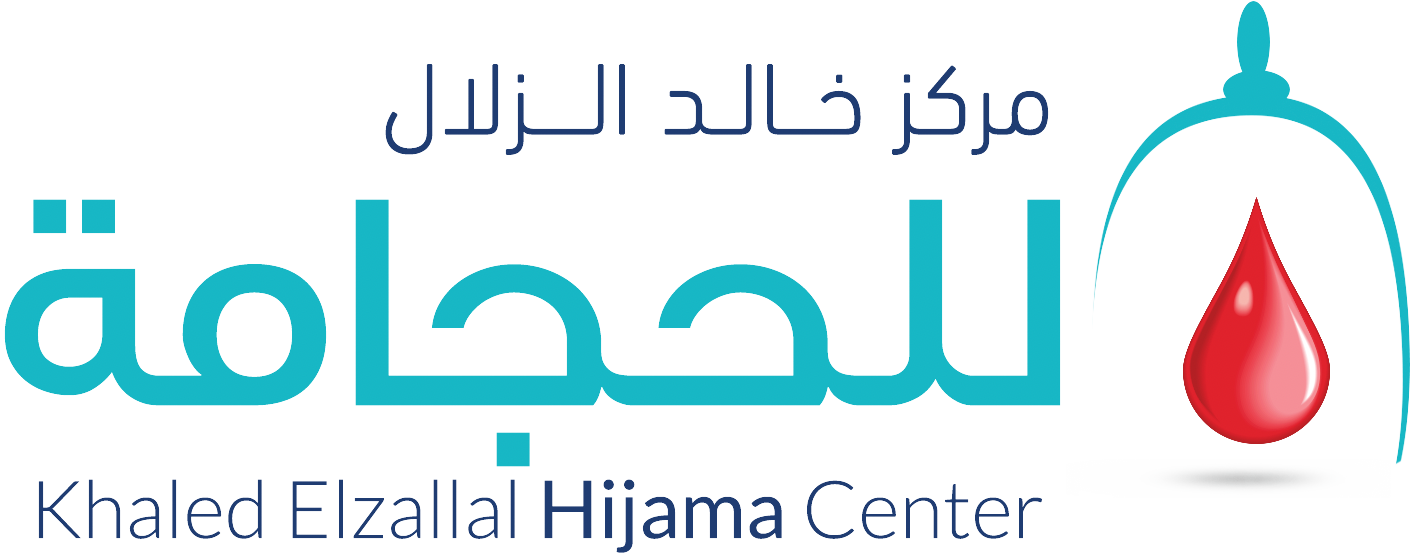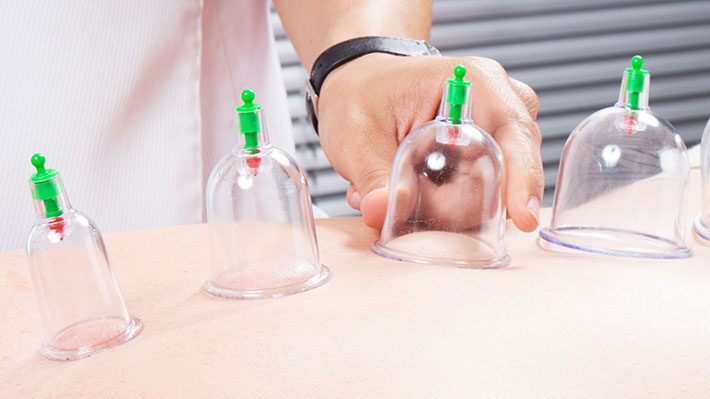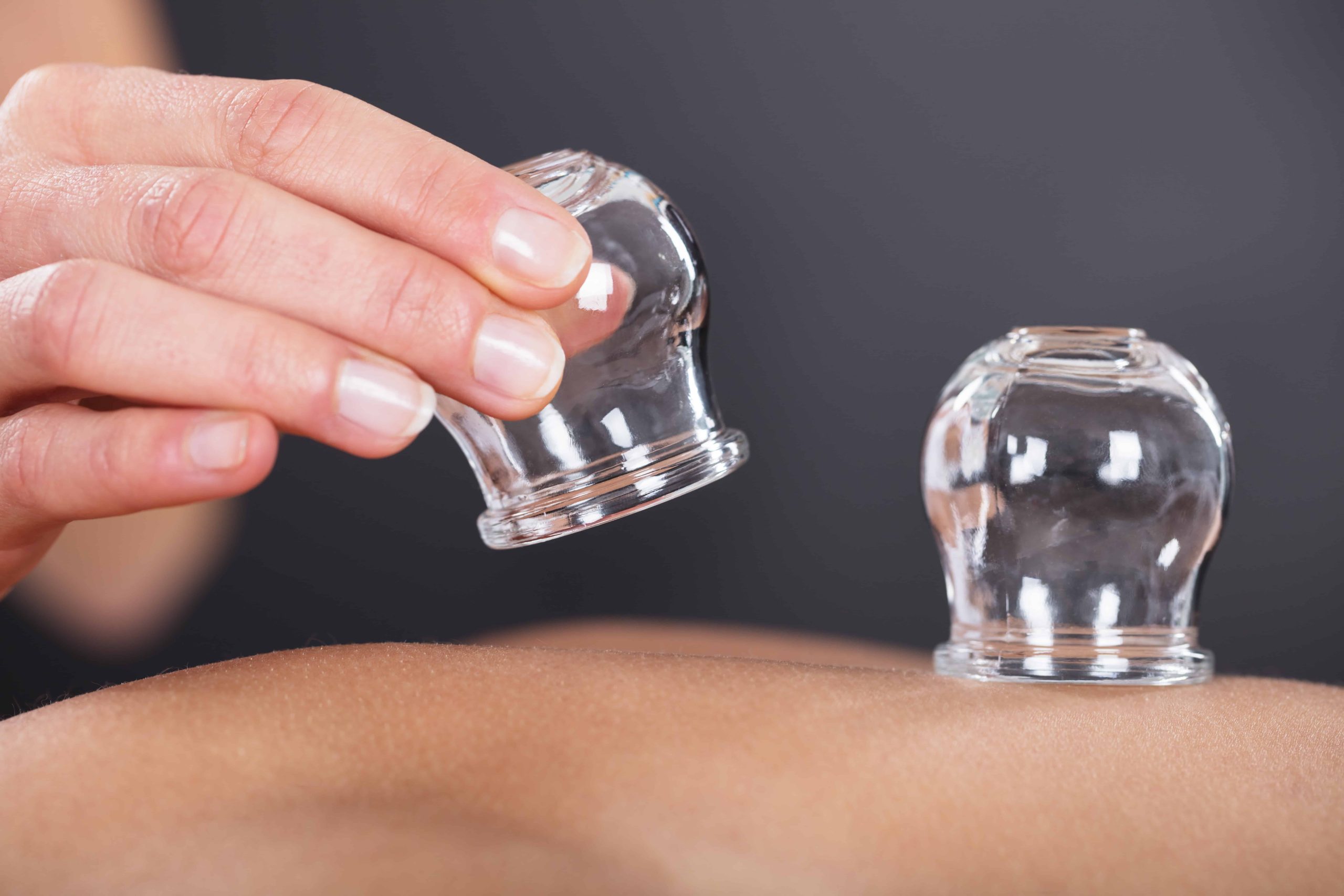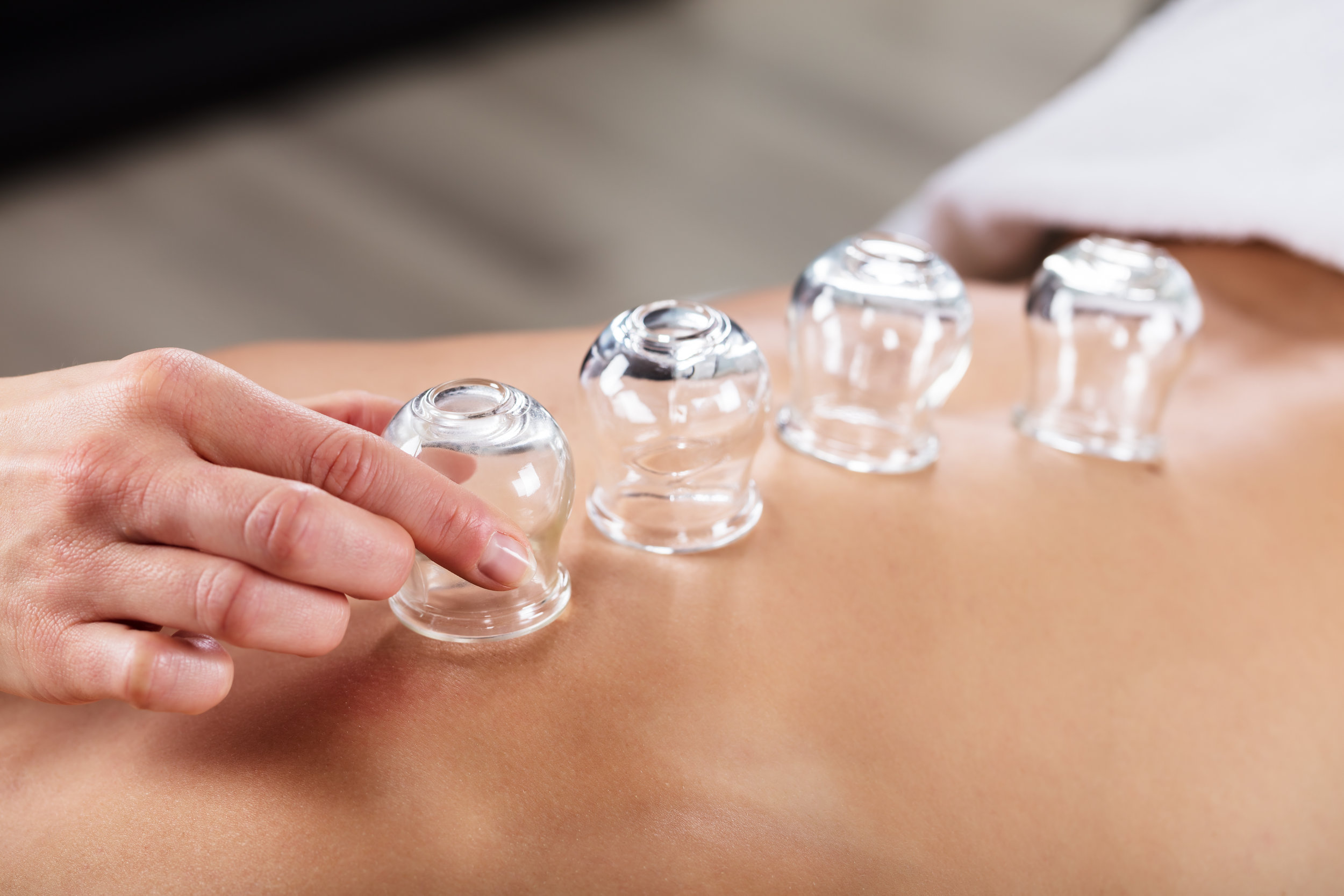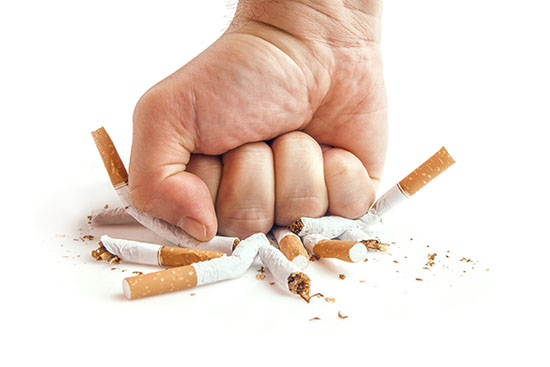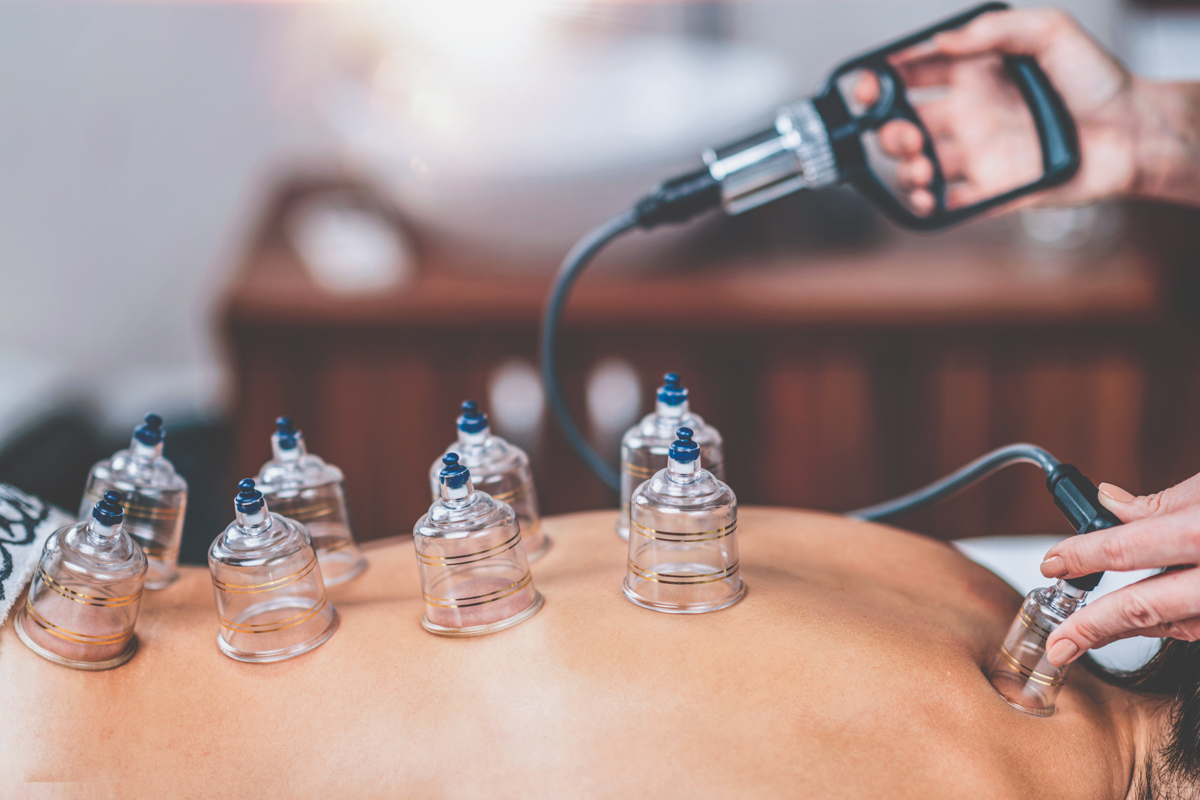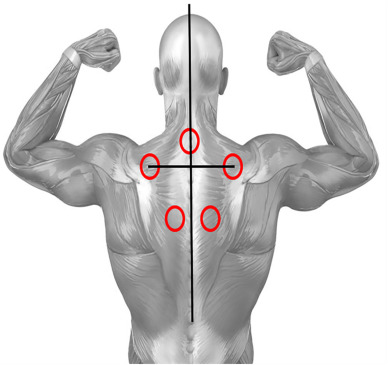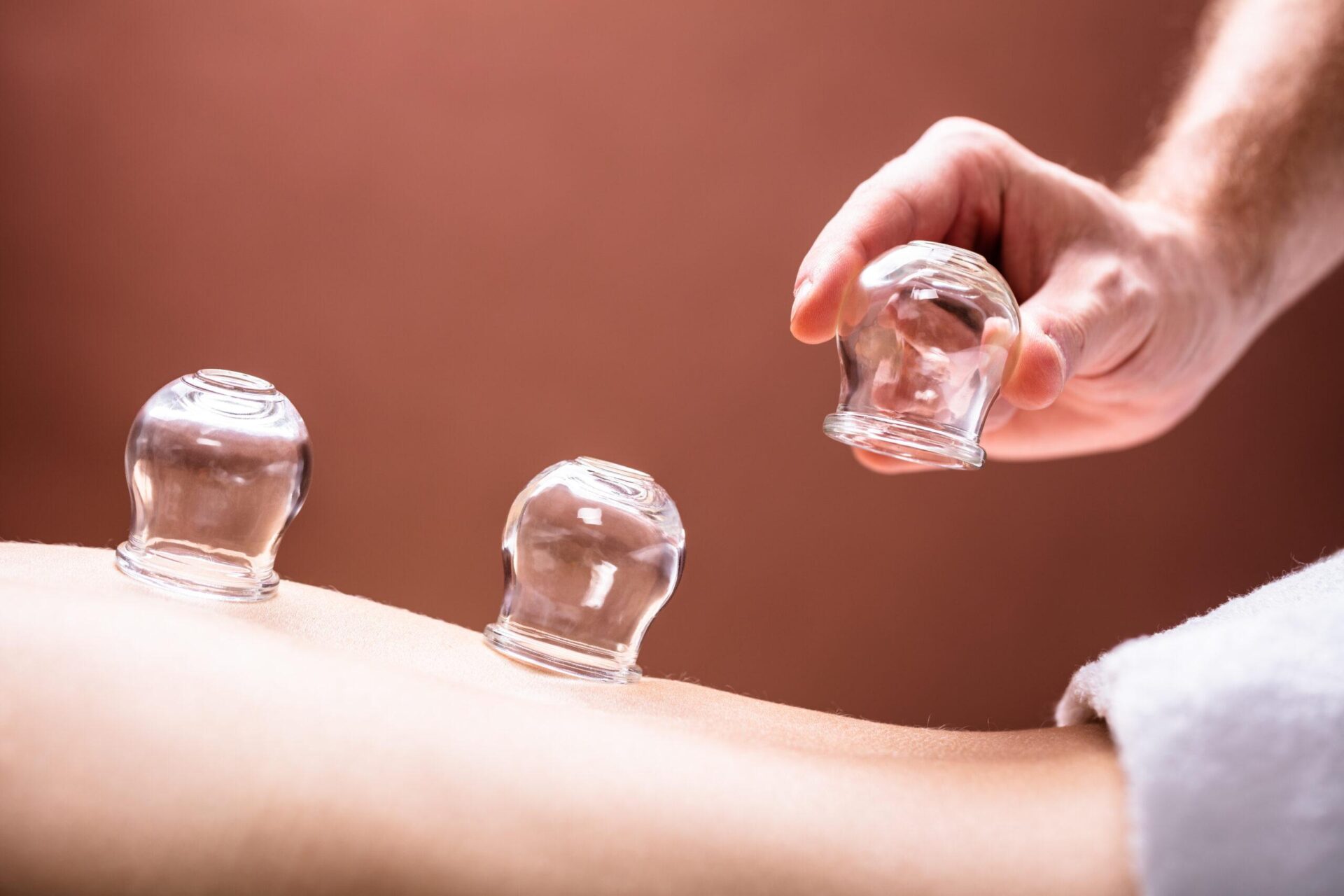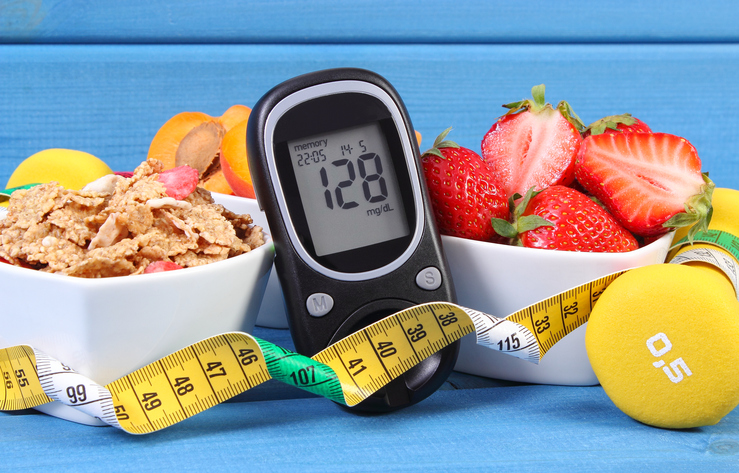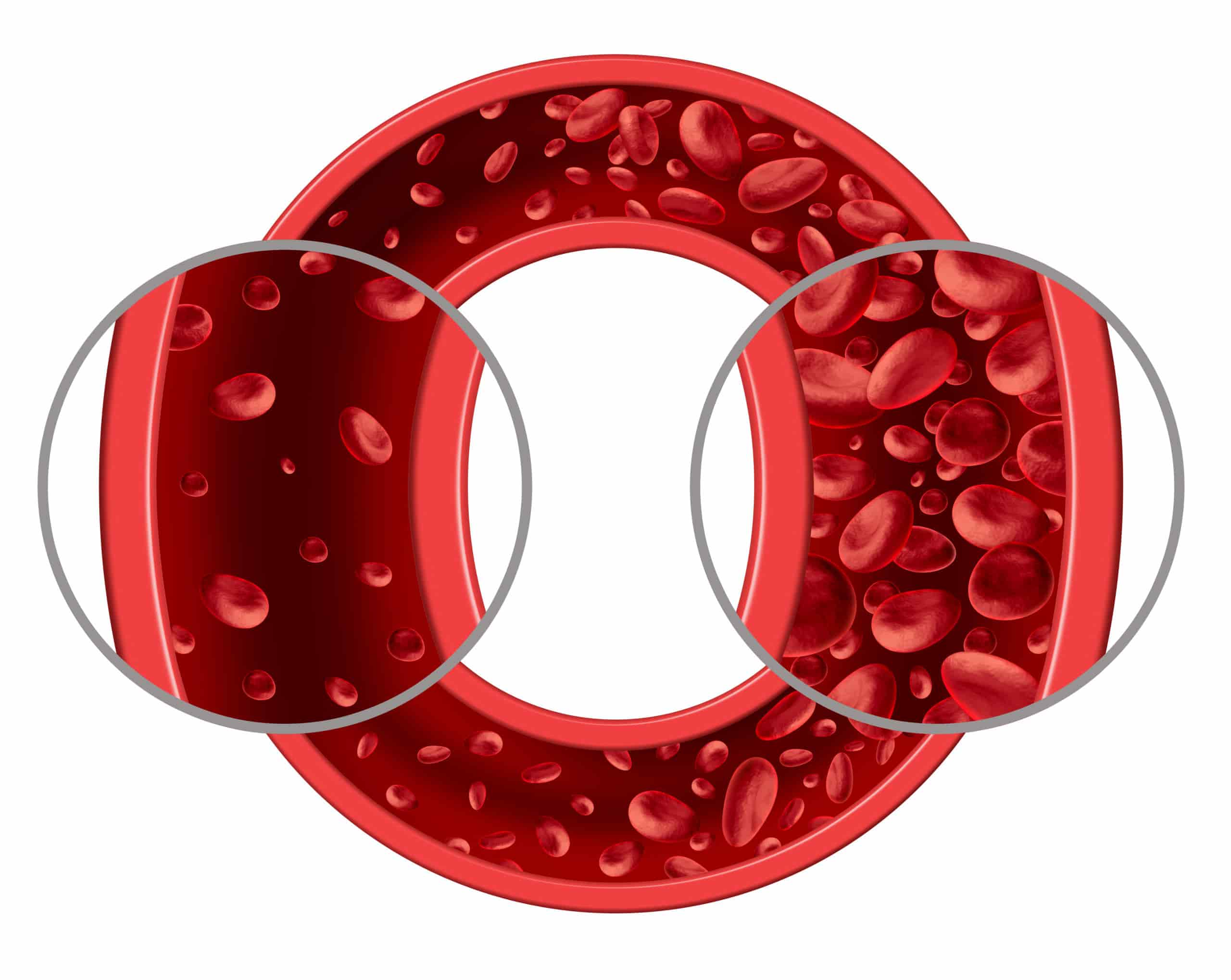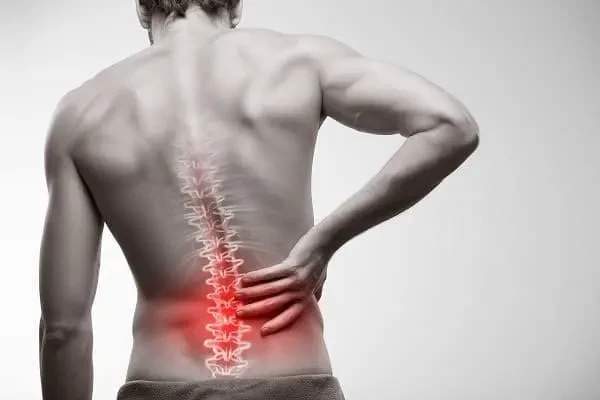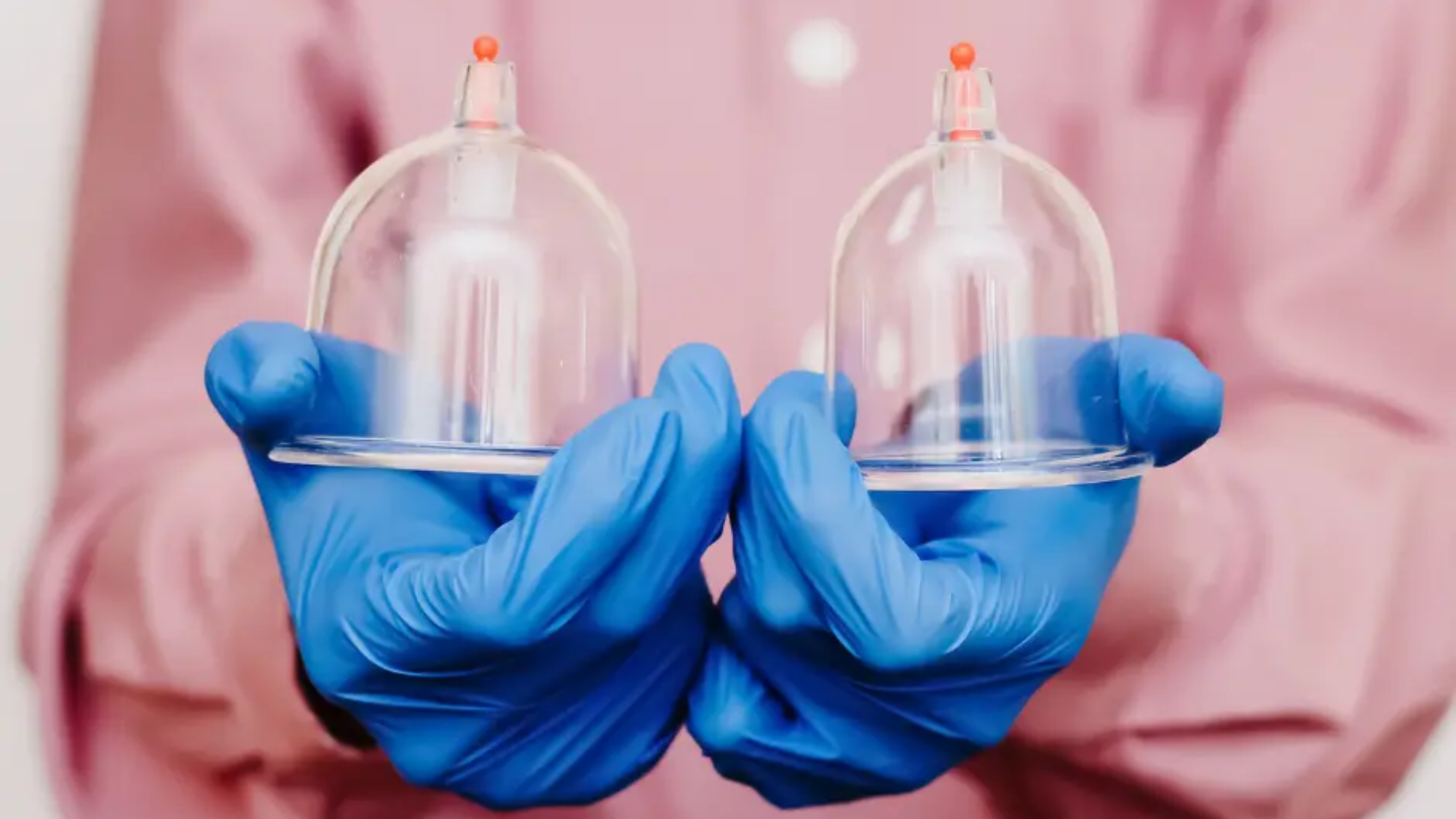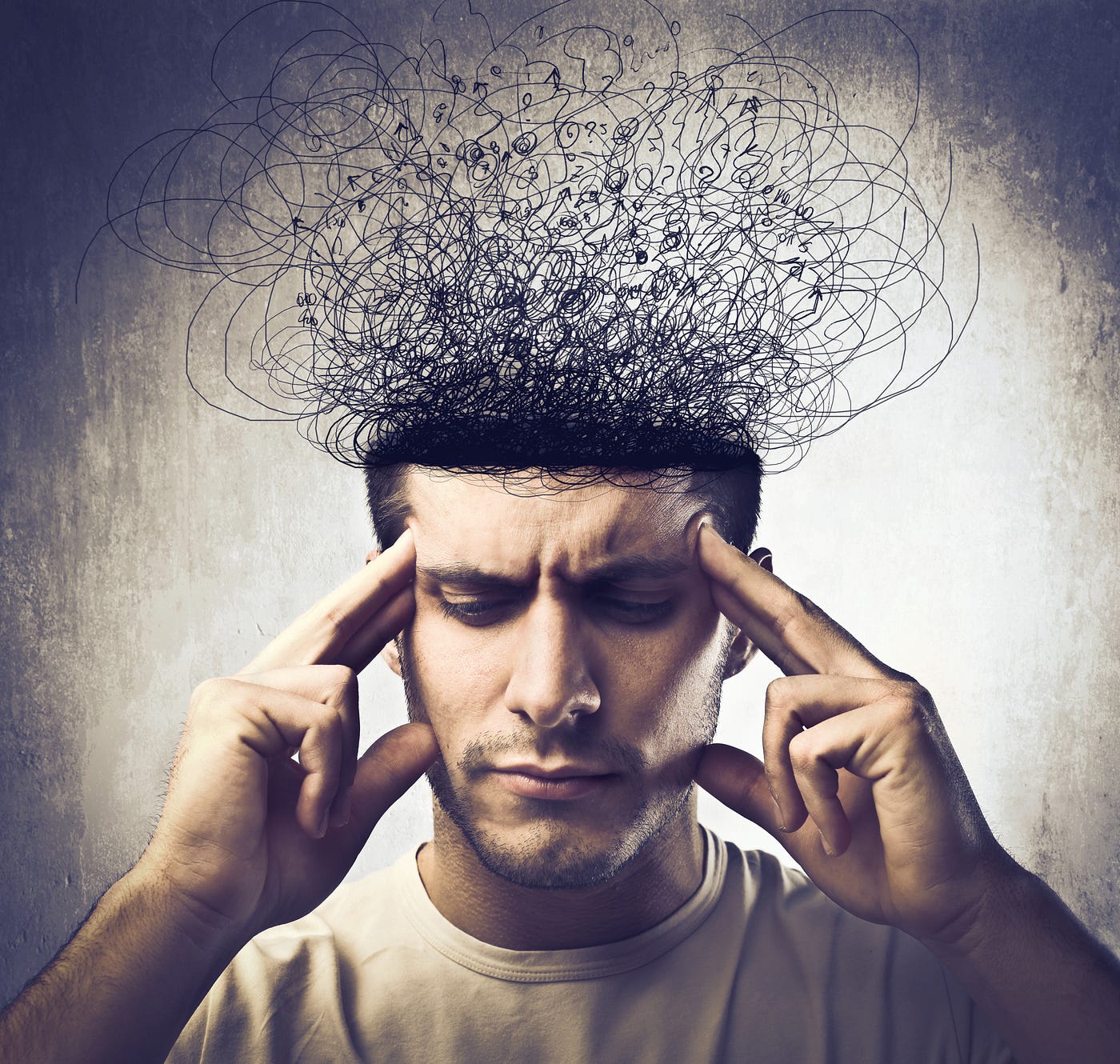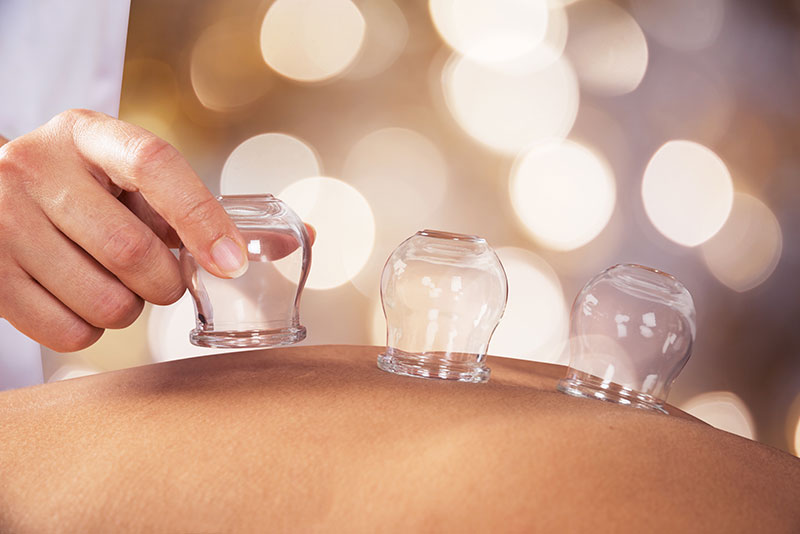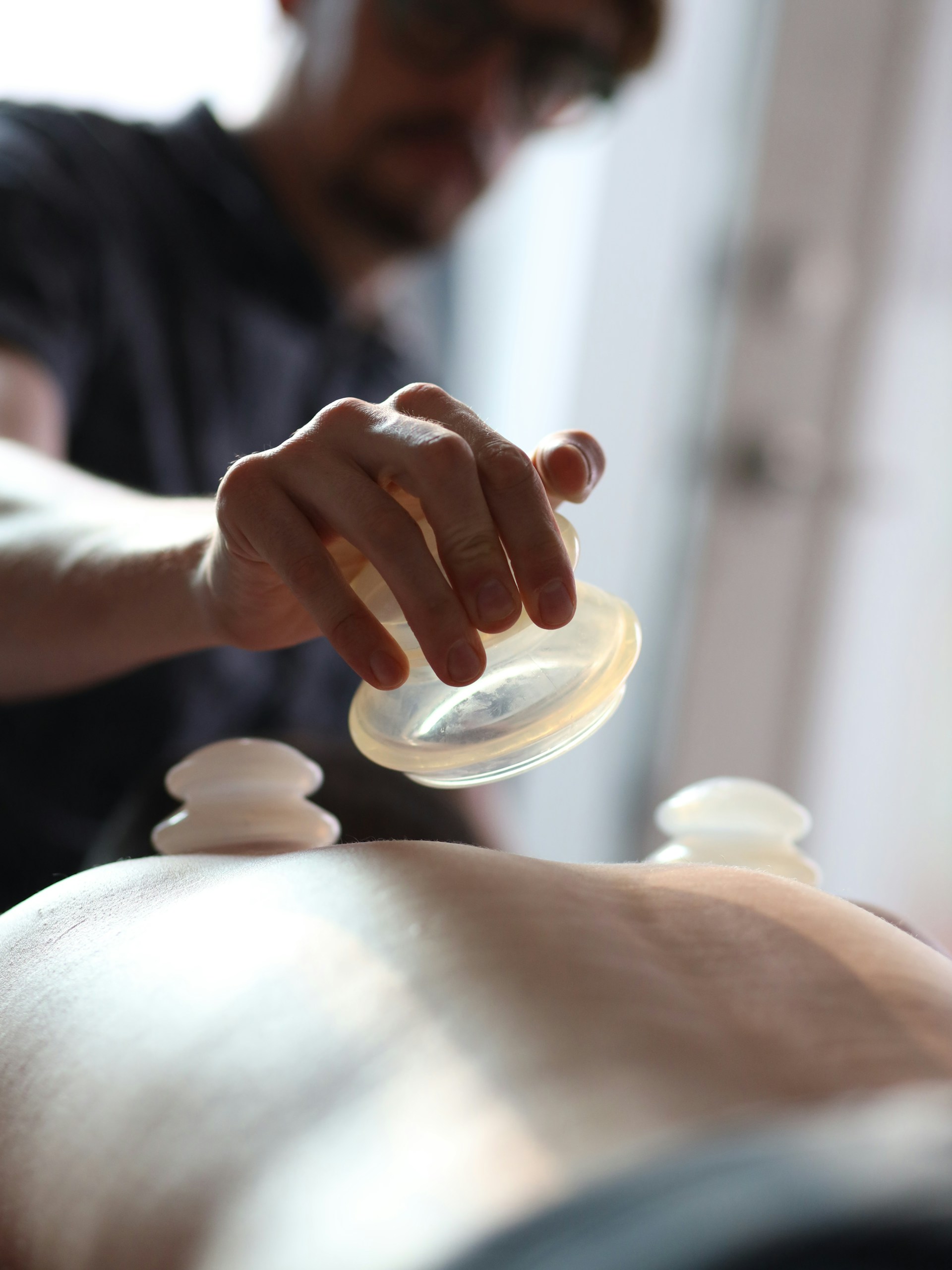The Benefits of Cupping Therapy: A Comprehensive Guide Backed by Scientific Studies
Introduction:
Cupping therapy is one of the oldest traditional healing methods, used for over 5,000 years in ancient Egyptian, Chinese, and Islamic civilizations. Today, cupping is regaining attention as scientific research begins to confirm some of its medical benefits.
In this article, we’ll explore the benefits of cupping therapy, the conditions it may help with, insights from recent research, and tips to ensure a safe and effective session.
What Is Cupping Therapy?
Cupping therapy involves placing special cups on specific areas of the body after removing the air inside to create negative pressure, which helps to:
-
Improve blood flow
-
Relieve muscle tension
-
Stimulate the immune system
Cupping is divided into two main types:
-
Dry Cupping – relies on suction only, without incisions.
-
Wet Cupping – involves light skin incisions to draw out stagnant blood.
Scientifically Proven Benefits of Cupping
Some studies suggest that cupping therapy may help:
-
Relieve chronic pain – especially in the lower back, neck, and shoulders
-
Enhance blood circulation – speeding up the healing process
-
Reduce inflammation – by stimulating the body’s natural antioxidants
-
Promote relaxation – thanks to the release of endorphins
Conditions That May Improve with Cupping Therapy
According to medical practices and recent research, cupping is recommended as a complementary therapy in the following cases:
-
Gout – helps reduce uric acid buildup and joint pain
-
Sciatica (Disc problems) – improves blood flow around the sciatic nerve and relieves pain
-
Migraines and tension headaches – reduces neck muscle tension and enhances cerebral blood flow
-
Neck, back, and shoulder pain – effective for muscle strain and spasms
-
Rheumatoid arthritis – relieves pain and swelling
-
High blood pressure (as supportive therapy) – improves blood circulation
-
Digestive issues – such as IBS and bloating
-
Chronic fatigue and lethargy – by stimulating circulation and energy
-
Knee and joint pain – especially due to wear and tear or strain
-
Infertility and reproductive issues (as supportive therapy) – by improving blood flow to reproductive organs
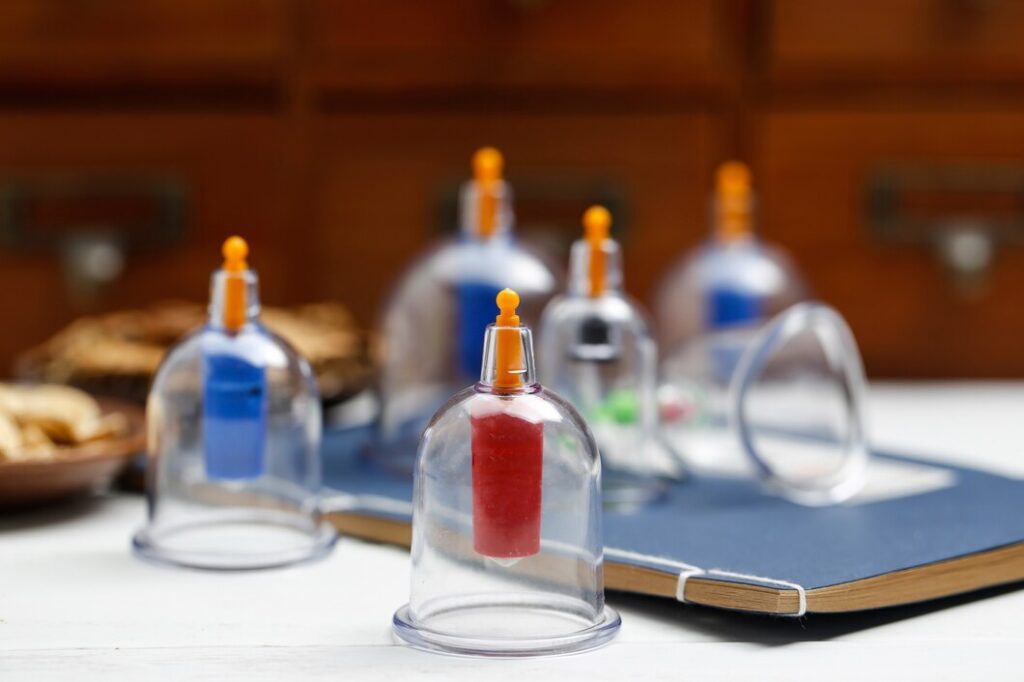
Scientific Studies on Cupping Therapy
Chinese Study (2018): Showed that cupping significantly reduces chronic pain compared to conventional treatments
PLoS ONE Journal (2020): Found cupping to be effective in improving migraine symptoms in 66% of cases
German Study (2015): Reported a 40% pain reduction in rheumatoid arthritis patients after cupping therapy
Tips Before Undergoing Cupping Therapy
Choose a certified medical center
Undergo a diagnostic session to identify proper cupping points
Avoid cupping if you have severe anemia or take blood thinners, unless approved by a doctor
Conclusion
Cupping is a natural therapy that can deliver noticeable results when performed scientifically and under the supervision of professionals. However, it is not a substitute for conventional medical treatment—but rather a complementary one.
